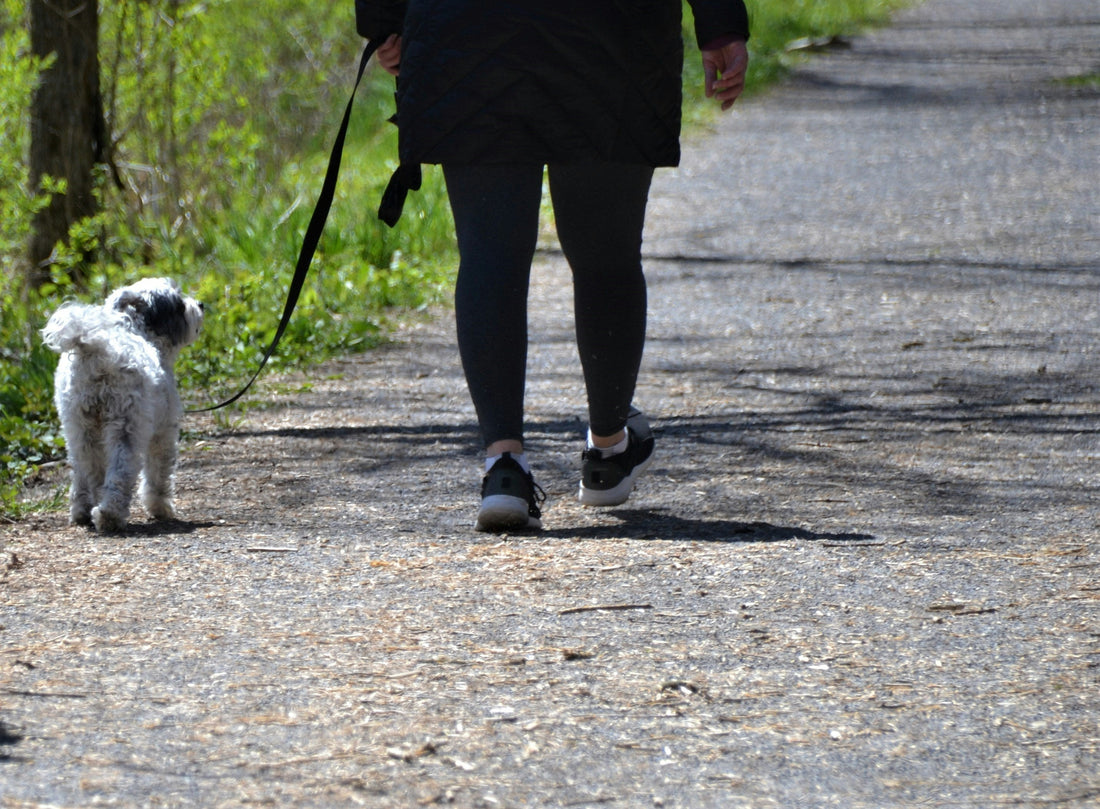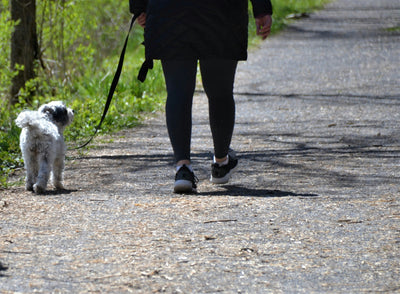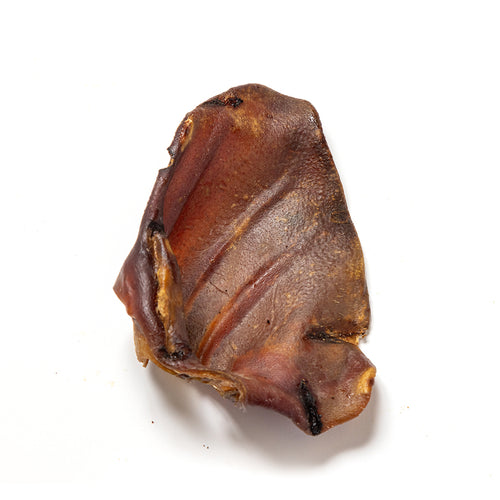
If you're a dog owner in the UK, you've likely heard about ticks—but how much do you really know about these tiny pests and the threats they pose to your four-legged friend? Ticks may be small, but their impact can be significant. From irritating bites to serious diseases, ticks are a growing concern, especially as climate change and milder winters expand their active season.
In this blog, we’ll explore where ticks are commonly found in the UK, the risks they pose to dogs, and how to prevent tick bites effectively.
Photo by Erik Karits on Unsplash
What Are Ticks?
Ticks are small, spider-like parasites that feed on the blood of animals and sometimes humans. Once attached to a host, they embed their mouthparts into the skin and can stay there for several days as they feed. Ticks are often found in grassy, bushy, or wooded areas, waiting on blades of grass or low vegetation to latch onto a passing host.
There are several species of ticks in the UK, but the most common that affect dogs include:
-
Ixodes ricinus (the sheep or deer tick)
-
Ixodes hexagonus (the hedgehog tick)
-
Dermacentor reticulatus (the ornate cow tick)
Each of these species can carry diseases, making tick prevention a key part of responsible dog ownership.
Where Are Ticks Found in the UK?
Ticks are widely distributed across the UK, but they’re especially prevalent in:
-
Woodlands and forests
-
Heathlands and moorlands
-
Long grassy fields and meadows
-
Urban parks and gardens (especially those with wildlife like hedgehogs or deer)
Some of the tick “hotspots” in the UK include:
-
The New Forest
-
Exmoor
-
The Lake District
- The Scottish Highlands
- The South Downs
However, ticks are no longer confined to rural areas. Urban parks and gardens are increasingly becoming tick habitats, especially in areas where foxes, birds, or other small mammals are present.
When Are Ticks Most Active?
Ticks are typically active from spring through autumn (March to October), but in recent years, milder winters have allowed some species to remain active year-round, especially in southern parts of the UK. After heavy rainfall followed by warmer temperatures, tick activity tends to spike.
Why Are Ticks Dangerous to Dogs?
Ticks aren’t just a nuisance; they can pose serious health risks to your dog. The most concerning dangers include:
1. Lyme Disease
Caused by the bacterium Borrelia burgdorferi, Lyme disease can be transmitted by the sheep tick (Ixodes ricinus). Symptoms in dogs can include Lameness, Swollen joints, Lethargy, Fever, and Loss of appetite. In severe cases, it can lead to kidney failure or neurological issues.
2. Babesiosis
This disease is caused by a parasite that invades red blood cells, leading to anemia. It's transmitted by Dermacentor reticulatus ticks, which are more common in parts of southern England and Wales. Symptoms may include:
-
Pale gums
-
Weakness
-
Dark urine
-
High fever
Although rare in the UK, there have been localized outbreaks, particularly among dogs that have traveled abroad.
3. Anaplasmosis and Ehrlichiosis
These are less common bacterial infections but are increasingly being recognized as risks, especially in imported or traveling dogs.
4. Tick-Borne Paralysis
Some ticks produce a neurotoxin that can cause paralysis in dogs, though this is extremely rare in the UK.
Signs Your Dog Has a Tick
Ticks are small but visible. They look like small, dark lumps attached to the skin. Once engorged with blood, they swell and become easier to spot.
Common places to find ticks on your dog include:
-
Around the ears
-
Between the toes
-
Under the collar
-
In armpits and groin areas
- Around the eyes
You may notice your dog scratching more than usual or licking at a particular spot. Always inspect your dog thoroughly after walks, especially if you've been in tick-prone areas.
 Photo by Noppon Meenuch on Unsplash
Photo by Noppon Meenuch on Unsplash
How to Remove a Tick Safely
Removing a tick properly is crucial to prevent infection or leaving parts of the tick embedded in the skin. Follow these steps:
-
Use a tick removal tool – These are specially designed to remove the whole tick, including the mouthparts.
-
Grasp the tick close to the skin – Slide the tool under the tick and twist gently in one direction (usually clockwise).
-
Do not squeeze the body – This can push infectious material into your dog.
-
Clean the area – Use an antiseptic wipe or wash with warm, soapy water.
-
Dispose of the tick – Put it in tissue and flush it, or seal it in a plastic bag and throw it in the bin.
-
Monitor your dog – Watch for any signs of infection or illness in the days following removal.
If you're unsure or uncomfortable removing a tick, consult your vet.
Tick Prevention Tips for Dog Owners
1. Use Tick Preventative Treatments
There are several effective products, including:
-
Spot-on treatments
-
Tick collars
-
Oral tablets
-
Tick sprays and shampoos
Speak to your vet about the best option for your dog based on age, breed, and lifestyle.
2. Check Your Dog After Every Walk
Particularly if you’ve been in a known tick area. The sooner a tick is removed, the lower the risk of disease transmission.
3. Keep Grass Short
If you have a garden, regularly mowing the lawn and removing leaf litter or overgrown areas can make it less hospitable for ticks.
4. Avoid High-Risk Areas
Stick to the middle of footpaths and avoid walking your dog through long grass or bracken during peak tick season.
5. Consider Tick-Borne Disease Testing
If your dog shows unusual symptoms and has had tick exposure, speak to your vet about blood tests to check for Lyme disease or other infections.
Photo by Jenn Simpson on Unsplash
What About Humans?
Ticks don’t just affect dogs—they can bite humans too. If your dog brings ticks into the home, they may transfer to you. Always wash your hands after handling your dog, especially after tick removal, and check yourself after walks in high-risk areas. Wear long trousers and tuck them into your socks if walking through tick-prone terrain.
Final Thoughts
Ticks may be a small threat, but they’re one that dog owners in the UK shouldn’t ignore. The good news? With regular checks, preventative treatments, and awareness of where ticks are found, you can significantly reduce the risk to your dog.
If in doubt, always consult your vet. Prevention is far easier—and safer—than treatment when it comes to tick-borne diseases.
Stay safe out there, and give your dog a scratch (and a tick check) for us!



























